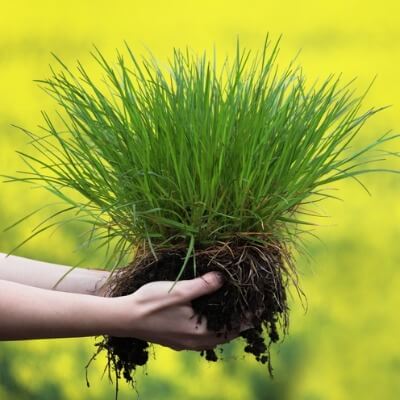
This web page contains information on the parts of a plant for kids and is an excellent resource for anyone looking to learn about plants. Our goal is to provide you with accurate, up to date facts about plant parts. In addition to explaining the parts of a plant, we provide pictures of those parts and additional resources on plants.
The facts below will help you learn about the different parts of a plant, how plants use each of their parts, why some plants have different parts than others and other plant facts. We hope these facts are useful and help you better understand the different parts of plants.
If any of the below plant part facts are inaccurate, please contact us and let us know.
15 Facts about the Parts of a Plant for Kids
- Plants are a complex, multicellular organism with many different parts.
- Each part of a plant has evolved over millions of years to be the most effective.
- The main parts of a plant are the roots, stem, leaves, flowers, fruits and seeds.
- The roots of a plant are used to absorb water and store nutrients, support the above ground parts, storage of nutrients.
- Some species of plants use roots for vegetative reproduction.
- The stem of a plant connects the roots to the other parts of the plants. It supports the leaves, flowers and fruit of a plant and is the conduit for transporting nutrients throughout the plant.
- The stem of a plant can vary in size, think of the stem of a flower compared to the trunk of a tree.
- The leaves of a plant are used to capture sunlight and create energy for the plant. The leaves are the primary site of the photosynthesis process, where carbon dioxide and water are converted into sugar and oxygen.
- The flowers of a plant are both the male and reproductive organs. They are the site where seeds and seed-bearing fruit will develop after being pollinated by an insect, like bees.
- The scent, color, shape and size of a flower is designed to attract a specific type of pollinator (insect).
- Not all plants produce flowers, they use other methods to reproduce.
- The fruit of a plant is seed-bearing structure that is the result of a fertilized flower.
- Most fruits have a sweet taste. This is to help with dispersal of the seeds. Animals are attached to the fruit because of its taste and as they eat it, they spread the seeds.
- The seeds of the plant are tiny structures that can grow into a mature plant.
- Seeds aren’t always produced in fruit. Some plants develop seeds in specialized structures that can use other methods of dispersal using the wind, water or gravity.
Pictures of the Parts of a Plant
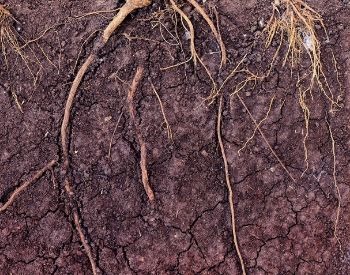
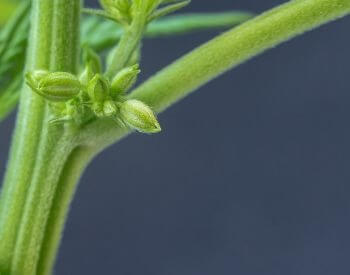
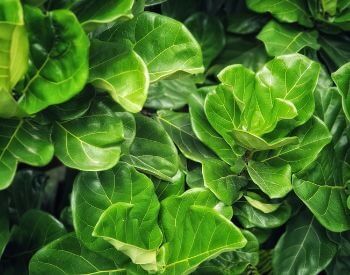
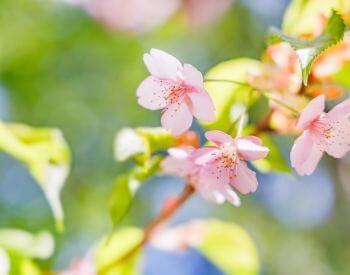
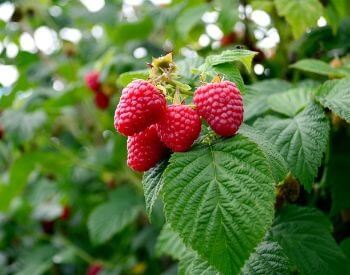
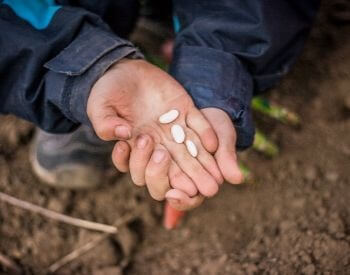
Find More Facts About Plant Parts
- Parts of a Plant – Learn about the different parts of a plant on the UCANR website.
- Plant Parts Video – An excellent video by Peekaboo Kidz explaining the parts of a plant.
- Function of Each Plant Part – Discover the functions of each part of a plant on the Science Facts website.
- Plant Anatomy – Find cool facts about plant’s anatomy on the Enchanted Learning website.
